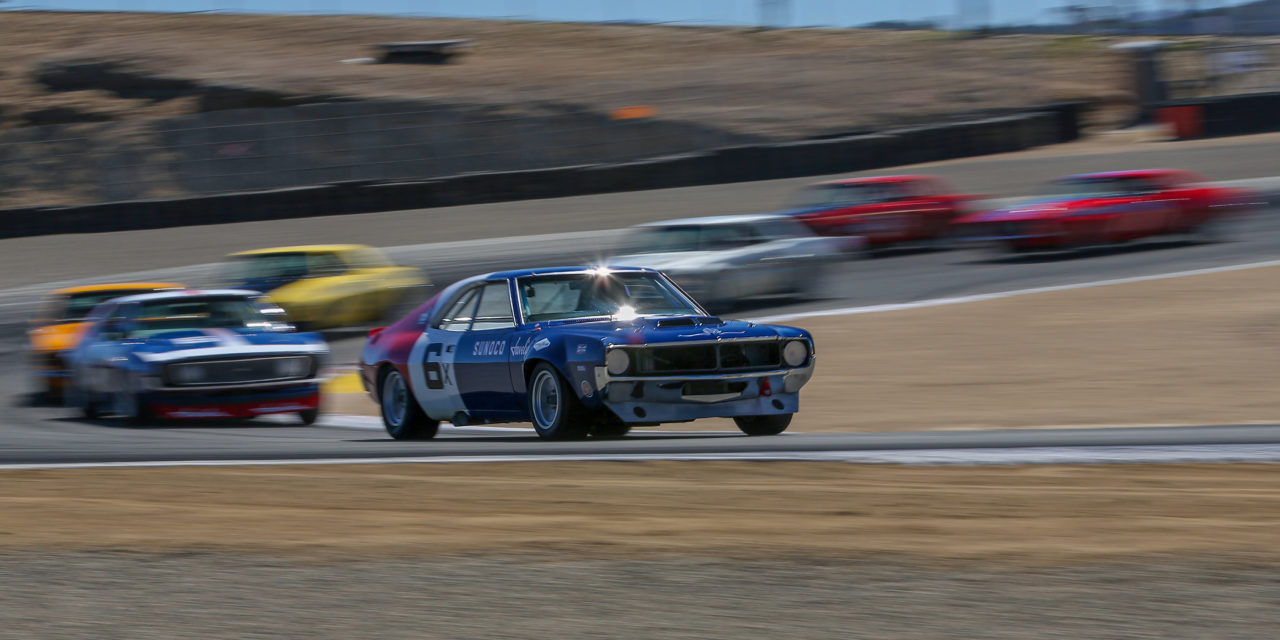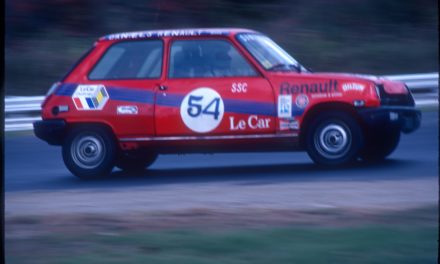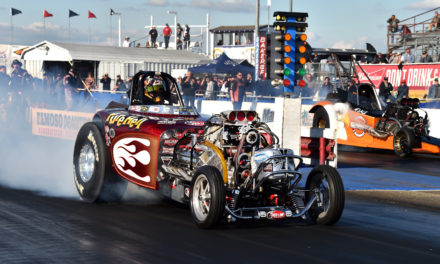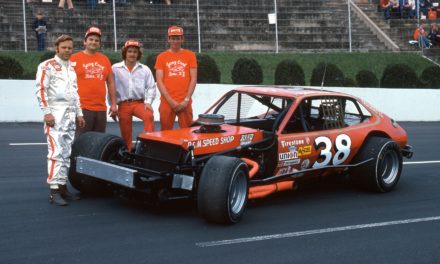Do you love motorsports as much as we do? Sign up for the Hagerty On Track newsletter.
It’s two words composed of six letters and if you are of a certain age the term is synonymous with great racing: We are talking Trans-Am. Not the Pontiac, but the race series that gave the Poncho its name. Starting in 1966, Trans-Am events became a proving ground for muscle and pony cars as manufacturers attempted to ratify the “win on Sunday, sell on Monday” mantra. While the on-track action did indeed help sales figures, there is a whole lot more to the story.
To discover the rest of the tale, Jay Leno gathered a trio of Trans-Am race cars and invited race announcer Mike Joy and racer Ken Epsman onto the show to discuss the history of the series and its cultural impact on the American automotive scene.
The Trans-Am series spooled up in 1966 thanks to John Bishop and the SCCA. The class was designed as a professional series for sedans and was governed by a rulebook that required the competing cars to have more similarities with showroom cars than with the high-powered racers people might have been used to during an era of high-downforce, wildly designed Can-Am cars and all sorts of experimentation in other racing disciplines. As current NASCAR commentator Mike Joy points out when chatting with Jay, teams could remove the carpet and headliner, but otherwise, the interior had to stay. That meant race cars with back seats and roll-up windows—things that are all but unimaginable in today’s competition machines.
Changes were more common under the hood, but not how you might expect. The displacement cap was set at 305 cubic inches (5 liters) for V-8 cars and 122 cubic inches (2 liters) for four-cylinder cars. Competitors had to get creative to squeeze extra juice out of their engines. The rulebook stated that as long as the displacement didn’t change, any part that had a manufacturer part number on it was fair game, so some of the top teams quickly began swapping heads, adjusting oiling systems, and more.
The series eventually split the two displacement classes into separate races held on the same weekend at the same track. The relatively stock nature of Trans-Am allowed amateur drivers to upgrade to a professional license and run with the factory-backed teams if they had a car that met the loose technical requirements. Thanks to exciting racing and perfect timing with manufacturer support, the Trans American Challenge Series took off and quickly became a household name.
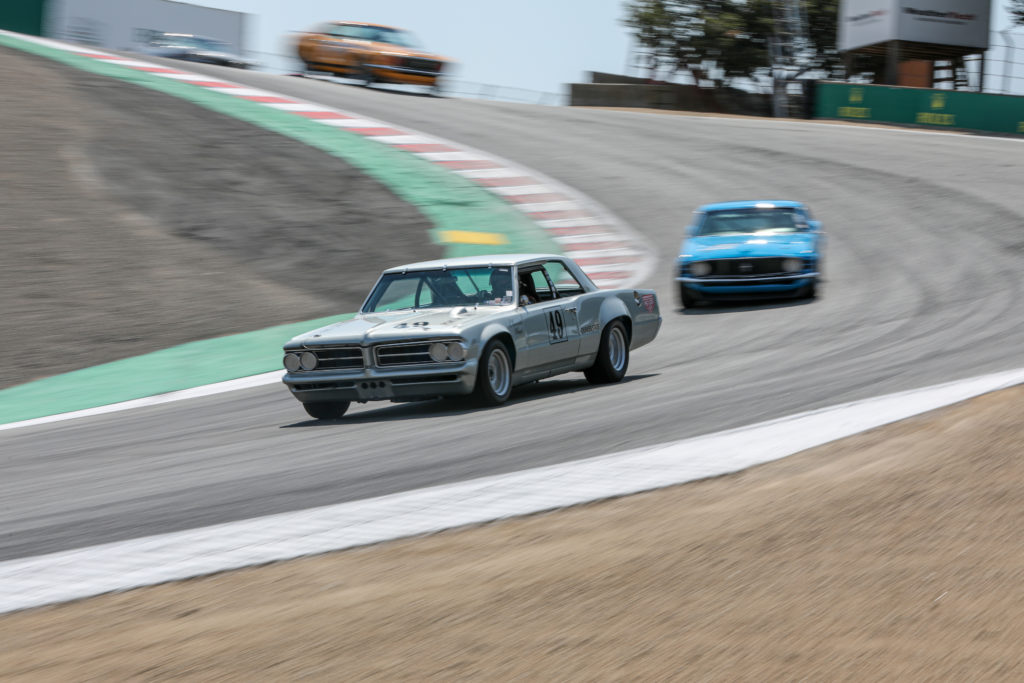
What really helped with the name recognition was Pontiac’s introduction of the model bearing the name in 1969. Using the Trans-Am name came with a $5 per-car fee that Pontiac would pay to the SCCA. The car sold well, and that naming fee became the largest single source of income that the SCCA had. In fact, that revenue stream lasted far longer than the series did. In 1972, the largest stock-bodied race series in the U.S. changed the rulebook, and the cars that rumbled through every car person’s daydreams for six years were suddenly obsolete.
Although the series burned hot and fast, its long-tail impact eventually precipitated a race at Lime Rock Park in 1990 that featured 20 historic Trans-Am cars. The success of that race prompted similar events on the West Coast, helping return these cars to their nostalgia-soaked glory. Now, the thundering Camaros, Javelins, Mustangs, and Firebirds are staples of big motorsports reunion events like the Monterey Historics, where period-correct cars still run wheel-to-wheel, just like the old days. The cars might be a little older, but the racing is just as strong as ever. And we love that.
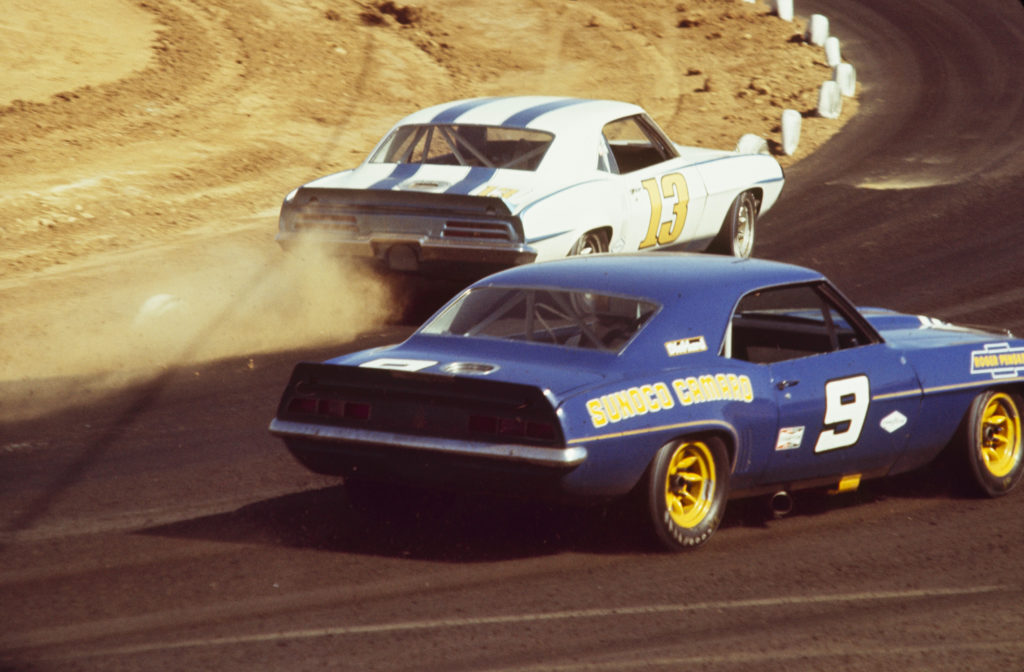
1969 Mission Bell 250: Ronnie Bucknum goes wide as Jerrey Titus kicks up dirt in his Pontiac Firebird. (Photo by The Enthusiast Network via Getty Images/Getty Images)

